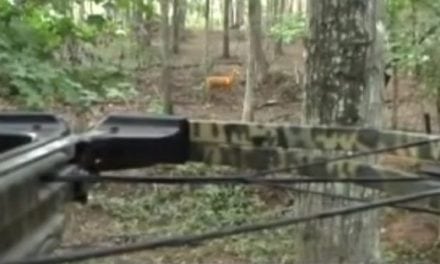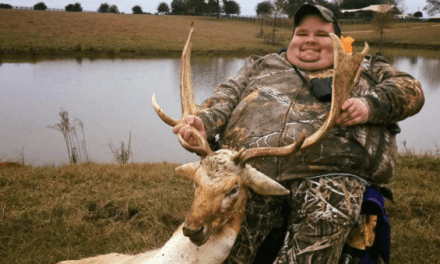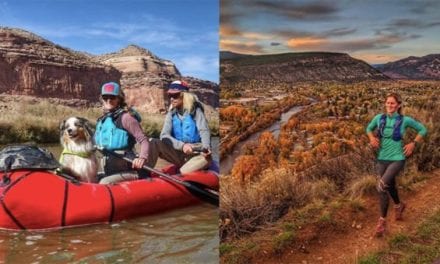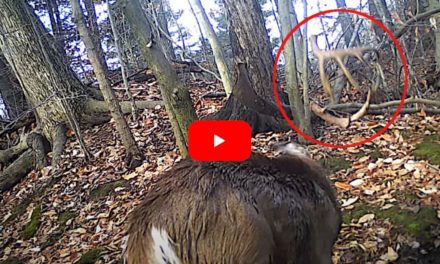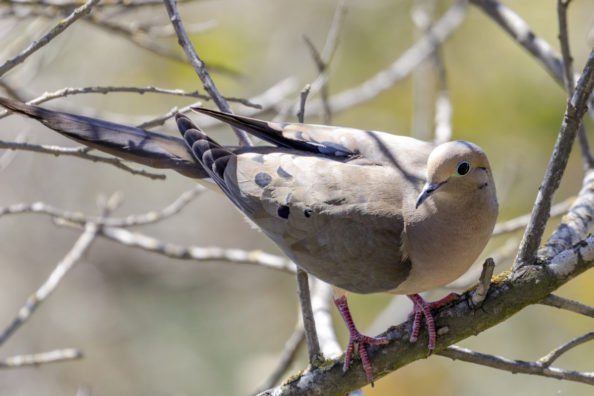
Dove hunting is a great way to start off the fall seasons.
As the dog days of summer start to give way to the first signs of fall, dove hunters across North America are gearing up for one of the first migratory game bird seasons of the year. For some states, like Texas, the start of dove hunting season is a huge deal. Perhaps even bigger than the start of whitetail deer season, which helps to underscore just how fun this style of bird hunting can be.
Additionally, doves make for great table fare, and possession limits and season dates are often generous. It is the perfect chance for wing shooters to tune up their skills, or for newer hunters to experience fast action prior to trying their hand at waterfowl or other more challenging game.
Today we will discuss the basics of dove season, from the equipment you may need to how to target these birds. You may just find a new favorite September tradition from the many dove hunting out there.
What states can you hunt doves?
We need to address legalities first because there are states where there are zero hunting opportunities for mourning dove hunting. According to International Sportsmen, nine states in total do not allow it. Those states include Alaska, Connecticut, Vermont, New York, New Jersey, New Hampshire, Michigan, Massachusetts, and Maine. It should be noted that mourning doves are not exactly common in Maine or Alaska anyway, so the fact these states do not have a season makes a little more sense.
These nine states usually recognize the mourning dove as a non-game bird or songbird. There have been movements to try and change that by hunters in all these states. However, they have been unsuccessful for the most part. In fact, movements to change hunting regulations to allow dove hunting have often resulted in a lot of head-butting between politicians, hunters, and anti-hunters dead set on not allowing it to happen.
The good news is, if your state is not on that list, there is some form of dove hunting allowed. Although depending on the state, hunters may be targeting more rock doves, white-tipped doves, or white-winged Eurasian doves than mourning doves. It really does not matter the subspecies, the way you go wingshooting for them remains much the same.
When is dove season? And do I need a hunting license?
One of the more interesting things about dove season is the close alignment of seasons between differing states. You will rarely find a hunting season that lines up so perfectly on the same day from place to place. In most states, dove season opens statewide on September 1st every year. The length of time the season may run does sometimes vary by region or flyway. For instance, the Texas season is broken up into three zones. In the north zone, the first part runs from Sept. 1 to November 12. In the central zone it runs from Sept. 1 to October 31, and in the south zone, the first part runs from Sept. 14 to October 31. According to the Texas Parks and Wildlife Department’s website, the second part of dove season starts in mid-December and runs until January. Texas also has special white-winged dove days in the south zone from September 3-5 and the 10-12.
Keep in that a migratory game bird endorsement and or a harvest information program, aka: “HIP” certification is a requirement to harvest doves. HIP is a federal harvest information program used by the U.S. Fish and Wildlife Service, and state wildlife agencies to collect harvest data. If you get caught hunting without this endorsement, you risk a ticket from a conservation officer.
The daily bag limit for mourning doves in most states is 15 birds. Although as we already mentioned, for more troublesome doves like the Eurasian collard dove, there may be no limits to how many you can harvest.
What equipment do I need to hunt doves?
This is the best part of dove hunting. Other than a hunting license, you probably already own most of the equipment you need for a basic hunt. A variety of shotguns will work for harvesting dove including 12-gauge, 20-gauge, 28-gauge, and even .410 bore. It really does not matter if it is an over-and-under, a side-by-side, a pump-action or a semi-auto. Whatever you feel comfortable hunting with. If you have never gone wingshooting before, you might want to start with 12 or 20 gauge. Simply because you will get a better spread and that means more chances to hit the birds. Remember that doves are quite small and they need to be lead a bit more than other birds. Hitting one can be a real challenge. Most hunters use a shot size between 7 and 8. While you can use lead shot in some states, make sure you check your hunting regulations as some states require the use of steel on doves.
As far as choke tubes go, you are probably going to want a wider spread than you might use for other game birds. Try a modified or improved cylinder. Some hunters like to use chokes meant for skeet shooting. It might pay to head to the range and shoot a variety of shells on the clay range to see what works best for your firearm.
Other than that, you do not need much to hunt doves. A small stool or even a five-gallon bucket works great as a seat. Your clothing does not need to be fancy. Most hunters get away with wearing a simple camo T-shirt, jeans, or even shorts on their dove hunting expeditions. The birds are usually not very wary unless hunting pressure is high. Most serious dove hunters do invest in decoys to help up their odds. A spinner decoy or two is a great addition to your arsenal. That little bit of extra movement helps a lot in making these birds commit to your setup.
What is the best way to hunt doves?
The easiest way to find and hunt doves is simply to concentrate on food sources. Most hunters focus almost exclusively on grain crops like wheat. You can shoot them over standing corn, weeds, or sunflower fields too though. For hunters with access to private land, this usually means large farmer fields. Many gov. agencies now cater their public lands specifically to dove hunting by planting specialty “dove fields” to attract the birds. Make sure to do your scouting and research ahead of opening day because some of these locations can get busy. Especially in popular wildlife management areas (WMAs.) Most states have a list of these types of fields on their wildlife agency’s website with maps to the exact location of the fields.
When you find a location, hunting is as simple as setting up on your stool or bucket at the edge of the treeline and waiting. Many hunters prefer to hunt the corners of a field. Think of it like a pinch point for whitetails. The doves just seem to filter in through the corners better than the broad side of a field in most cases. Some hunters like to dove hunt the edges of clear cuts through timber made for power lines. Some of these spots can attract and congregate a lot of birds in the early part of the season if food is also present. Most hunters try to keep their shots in the 35 to 40-yard range. You might want to step it off and mark it so you know how close the bird must be to make a fatal shot.
If you have never dove hunted before, you might want to pack extra ammunition. These little guys are harder to hit than you might think. It is not uncommon to go through a lot of shells your first time out. When you do hit a bird, watch closely where it goes down. Because doves are so small, and there is often still a lot of vegetation in the early season, it can be easy to lose them in fields with a lot of tall grass. It pays to find something distinctive in the background to mark the last place you saw the bird, just like you might do while deer hunting.
Another tip we can give you is to be careful when shooting at multiple birds because you will have to find them all if they are hit and it can be easy to forget where one fell. Also, you do not want to lose count of how many you have shot and accidentally go over the limit.
Finally, remember that doves are usually most active early in the morning after sunrise and in the evening before sundown. You do want to make sure you look carefully at your state’s regulations. Because in some states, the legal time to start hunting on opening day may be later in the afternoon. In most states like Texas, the legal shooting hours usually run from one-half hour before sunrise to sunset.
Why should you go dove hunting?
The better question may be: why not? For many people, this may be their first chance all year to go hunting other than small game seasons. Dove provide just the right amount of challenge for hunters both new and experienced. The action can also be fast and furious, which is great for hooking a newbie fresh off graduation from hunter education courses. It is a good chance to go through the basics of firearms handling and safety with them while also giving them a better than average chance for their first ever harvest.
The last reason to hunt them is simply because they make for great eating. There is a reason many people travel out of state to hunt these birds year after year. It is hard to beat a dove wrapped in bacon or stuffed with jalapeno peppers. They are also great for grilling or kabobs. Give them a try this season, you might have a brand-new early season hunting tradition on your hands!
For more outdoor content from Travis Smola, be sure to follow him on Twitter and check out his Geocaching and Outdoors with Travis YouTube channels.
NEXT: THE AXIS DEER AND HOW THEY’RE IMPACTING PARTS OF THE UNITED STATES
WATCH
The post Dove Hunting 101: How to Take Advantage of This Fun, Early-Season Opportunity appeared first on Wide Open Spaces.











